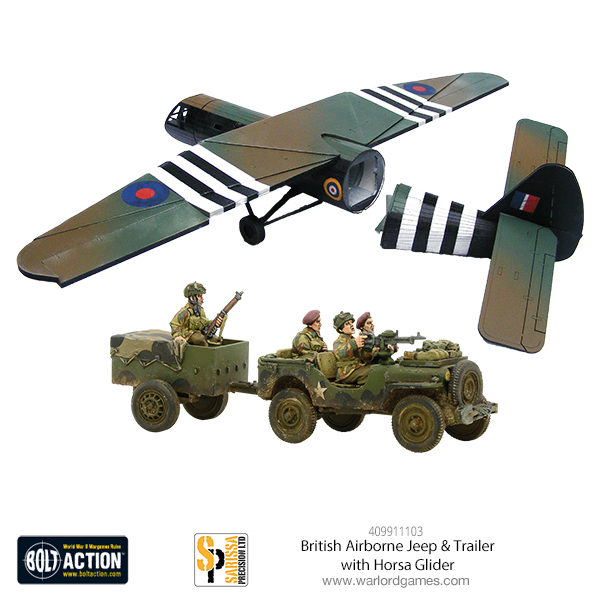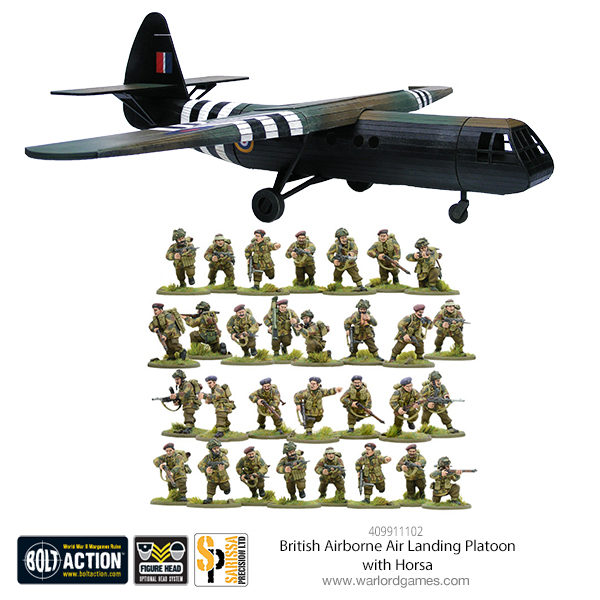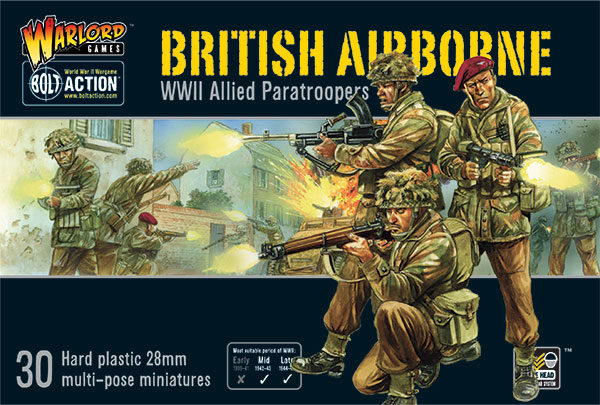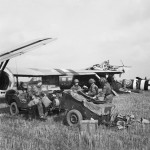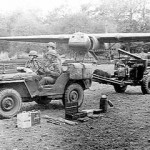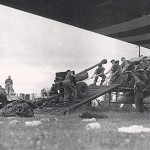The Airborne 6-pdr Anti-Tank gun and Horsa Glider
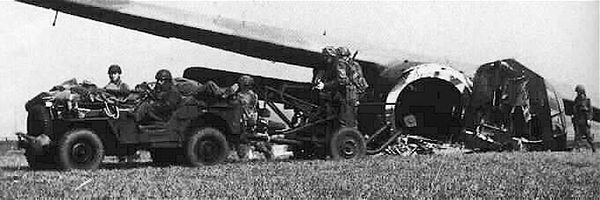
Following on from his look at the Airlanding Platoons, Chris Brown takes a further look at the Horsa Glider and 6pdr;
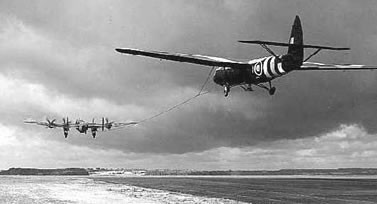
Horsa gliders were generally towed by obsolete bomber aircraft. Their standard flight speed was something less than 150 MPH, they weighed in at rather more than three tons unladen and had a wingspan of over 60 feet. They were used for the delivery of infantry and for supplies, artillery and light vehicles.
Horsas saw service in Africa, Italy, France, Holland and the Rhine Crossings. A small number were even used to take 75mm howitzers to Egypt during the Suez crisis in 1956.
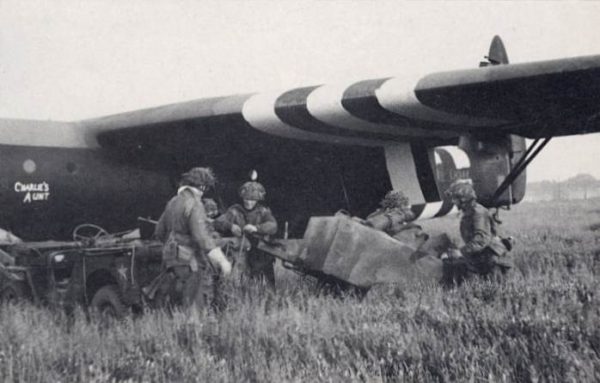
About 200 Horsas were deployed to Arnhem as transport for 6-pounder anti-tank guns and ammunition.
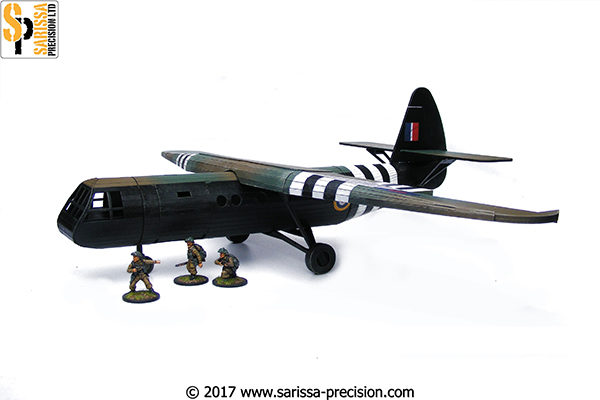
[Horsa by Sarissa Precision – available in stores 3rd June 2017]
A light-weight version of the standard 6-pounder was designed specifically to fit into the Horsa for the British and Polish anti-tank batteries which supported the parachute battalions, and for the anti-tank platoons of the airlanding battalions. Nearly one hundred 6-pounders were taken to Arnhem and they all travelled in Horsa gliders.
Each gun team actually used two gliders. One carried the gun and a jeep to tow it, the other carried a jeep and two ammunition trailers.
Once the glider was on the ground unloading the gun and the jeep could be a struggle but with a safe landing, a good crew could be ready to move off the Landing Zone in about 20 minutes.
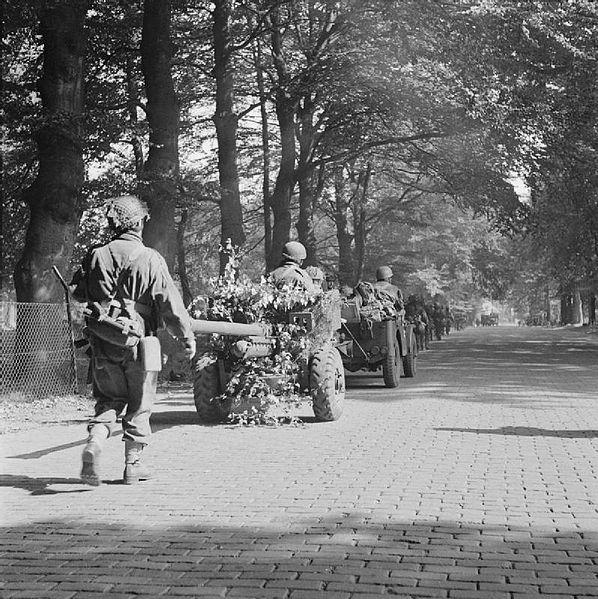
The two pilots from each aircraft were not part of the gun team. Once the crew had made their exit, the pilots would join up with the rest of the Glider Pilot Regiment as one of two battalion-sized units known as ‘wings’ – and fight as infantry. The glider pilot wings had no support company and had to depend on other units for artillery observation, mortars, machine guns and anti-tank weapons, but since every member of the Glider Pilot Regiment was a sergeant or an officer they constituted a particularly well-motivated force.
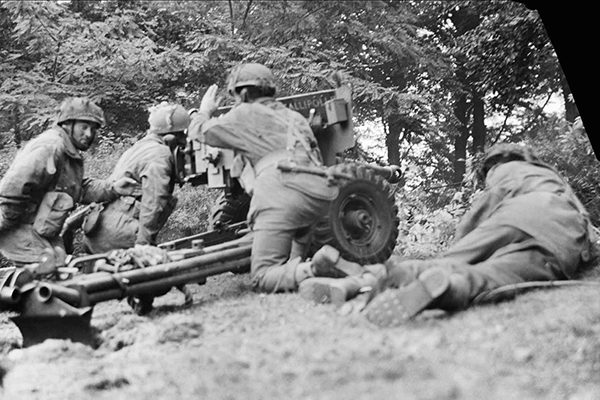
‘Gallipoli II’, a 6-pdr anti-tank gun of No. 26 Anti-Tank Platoon, 1st Border Regiment, 1st Airborne Division, in action in Oosterbeek, 20 September 1944. The gun was at this moment engaging a German PzKpfw B2 (f) Flammpanzer tank of Panzer-Kompanie 224 and successfully knocked it out.
BU 1109
Part of
WAR OFFICE SECOND WORLD WAR OFFICIAL COLLECTION
No 5 Army Film & Photographic Unit
Smith (Sgt)
Although the 6-pounder has a poor reputation, it was actually a pretty effective weapon; the first Tiger tank to be knocked out by British troops fell victim to a six-pounder in North Africa and it was quite capable of taking out a panzer IV or a Stug at ranged of several hundred yards. The major distinction between the standard weapon and the airborne version was the absence of a bullet-proof gun shield to save weight and to ease the process of getting it out of a Horsa.
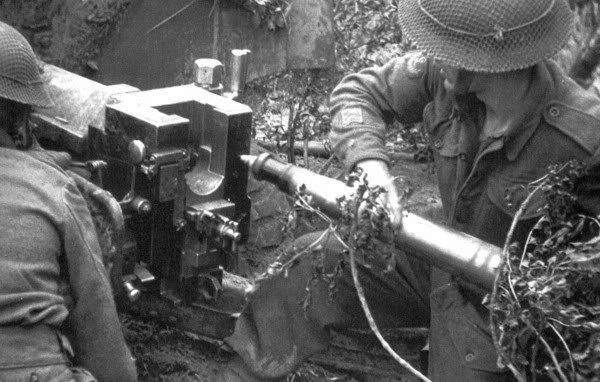
Although High Explosive and smoke rounds were made for the six-pounder, there seems to have been little or no use made of them at Arnhem and the anti-tank units concentrated their efforts on German armour.
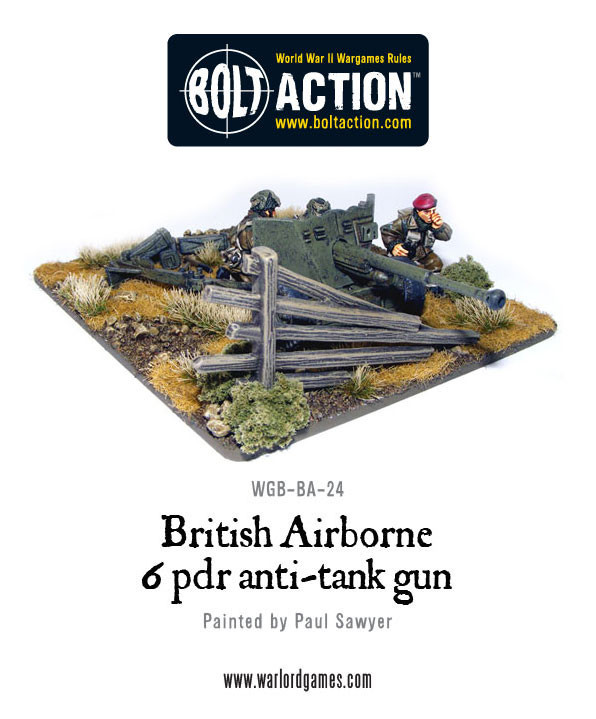
Available in stores from 3rd June 2017
